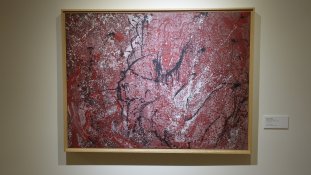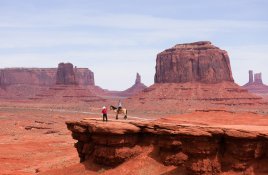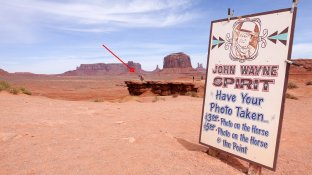Alan Edward Klein
Member
Tourist interests goes both ways. Their Monument Valley which is part of the Navajo Nation for example has made them a lot of money from the tourist trade. They provide tour guides and even own a beautiful motel called The View in the valley that caters to tourists, my wife and I being two of them who stayed there a couple of days. It has a beautiful shop where much of its trade is sold. We bought a fairly expensive Navajo vase. Here in the picture they're selling Navajo advertised art in the Valley.We regularly see the work of many Native American photographers in New Mexico and Arizona.
Happy to see some of the work of this woman, who hails from another part of Native America. I like her exhaustive plans and would like to see her prints.
One of the issues that tires Navajo people (I have friends among them) is that they've been reduced to subjects of anthropology and tourist interest. They're modern Americans who enjoy a unique independent/parallel nationality.
When we were in Santa Fe, I believe at the Georgia O'Keeffe Museum, there were oil paintings by Indian artists from different tribes. The little ID cards next to the artworks indicated which tribe they were from. Why? Weren't they using their tribal affiliations to make their art more interesting to the potential purchaser?
Here's one painted by Alice Loiselle, Chippewa as stated on the card.








